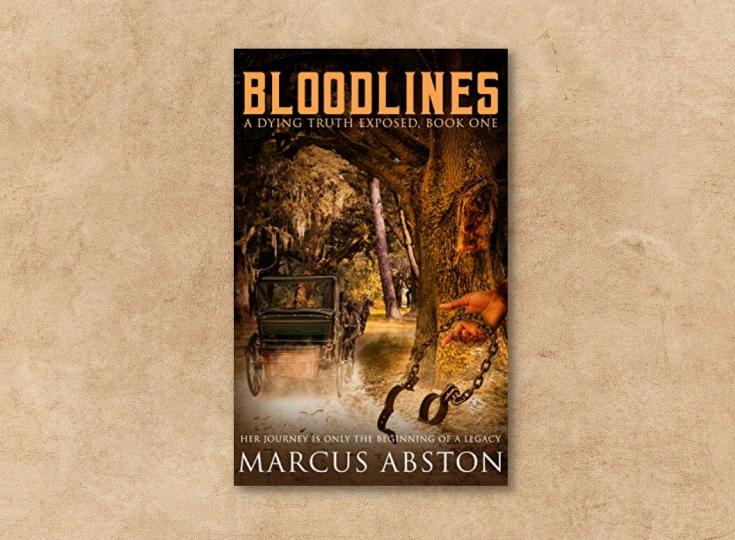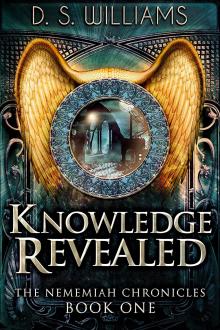Editorial Review: Bloodlines by Marcus Abston

Bloodlines (A Dying Truth Exposed, Book One), by Marcus Abston, tells the story of Annabelle, a young woman born into slavery who will become the ancestor of a warm, happy modern-day family.
The story begins in our time when patriarch Albert discovers his children and grandchildren aren’t aware of their family’s history. Albert wants the story of their family and their ancestors to be preserved and starts to tell his descendants about their background.
From here, the story moves back in time to Annabelle and her family living in slavery on a Mississippi plantation and shows readers Annabelle’s life. Although teenage Annabelle has a somewhat privileged position in caring for the daughter of the house, she is subjected to cruelty and abuse. Judy, the owner’s daughter, often says she cares for Annabelle and wants to keep her nearby, but childish affection for her maid can’t stop the abuses of slavery. Annabelle's life is marked by direct cruelty and by casual indifference to her plight. Albert’s story doesn’t hold back on retelling the physical and sexual abuse Annabelle encounters.
After a brave escape and many tense moments along the way, Annabelle finds new friends and begins to build a new life for herself. She takes on the nickname “Sasha” to help hide her identity but is still constantly called Annabelle to the reader and with her trusted friends. This narrative choice seems to highlight her unchanged identity, whether called a slave or a free woman, as well as give readers hope that she might someday be reunited with her birth family who know her as Annabelle.
Annabelle’s new life with Ruthanne and Elizabeth is a period of growth and recovery after her years in slavery and her escape story, but even here, she can’t find peace and safety. Her previous master is still looking for her by offering a generous reward, and not everyone in town is accepting of her.
The attitudes of the time are realistic, often frustrating, and sad.
Readers are shown how different ideas about race, gender, and equality can exist within the same town and even in one family. Some characters are able to learn and grow, while for others, being confronted with new ideas and new people just makes their bigotry more intense. I particularly enjoyed seeing how religion was used in this story as both an excuse for racism and as a reason for equality. The author really captured a wide range of characters in this town.
At times, some of the dialogue in this book feels more like plot exposition than natural speech. Certain characters simply state their backstory or announce their views. This does move the story along, but it sometimes feels flat. This flattens certain relationships, too, because readers are told directly that, say, a wife deeply loves her husband, rather than getting to discover this through actions and choices.
Because most of this novel is told by Annabelle’s descendant, readers already know that she’ll survive her troubles somehow, and eventually, fall in love and have children. Yet, even with these storytelling constraints, the author takes us through surprising twists of fortune, many tense and exciting moments, and wonderful character growth. Readers can easily understand why Albert wanted to make sure Annabelle’s story is known and remembered.
The end of the book leaves many engaging questions unanswered and makes it clear that at least one more story is coming about Annabelle’s life and about Albert’s other ancestors.








